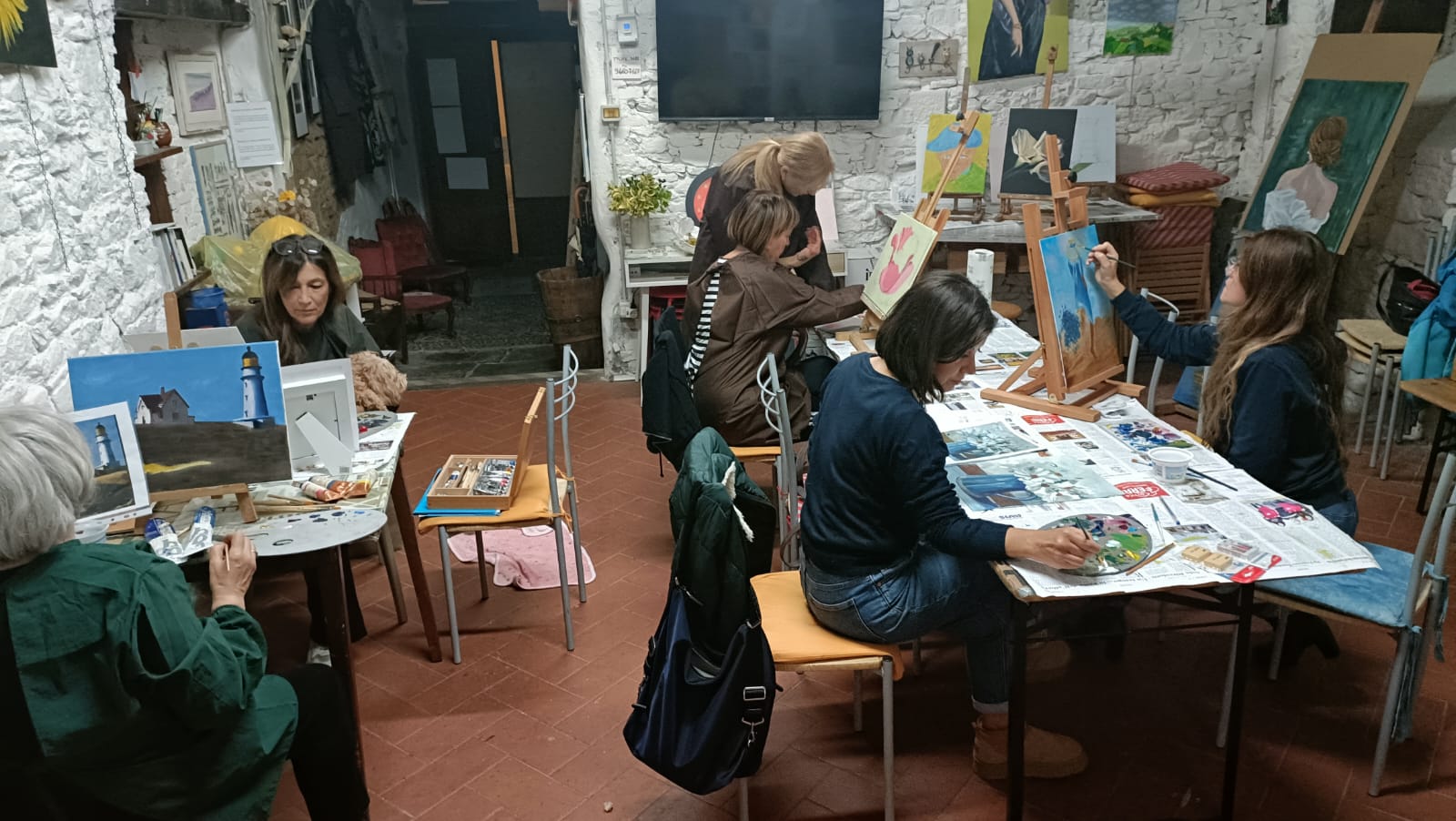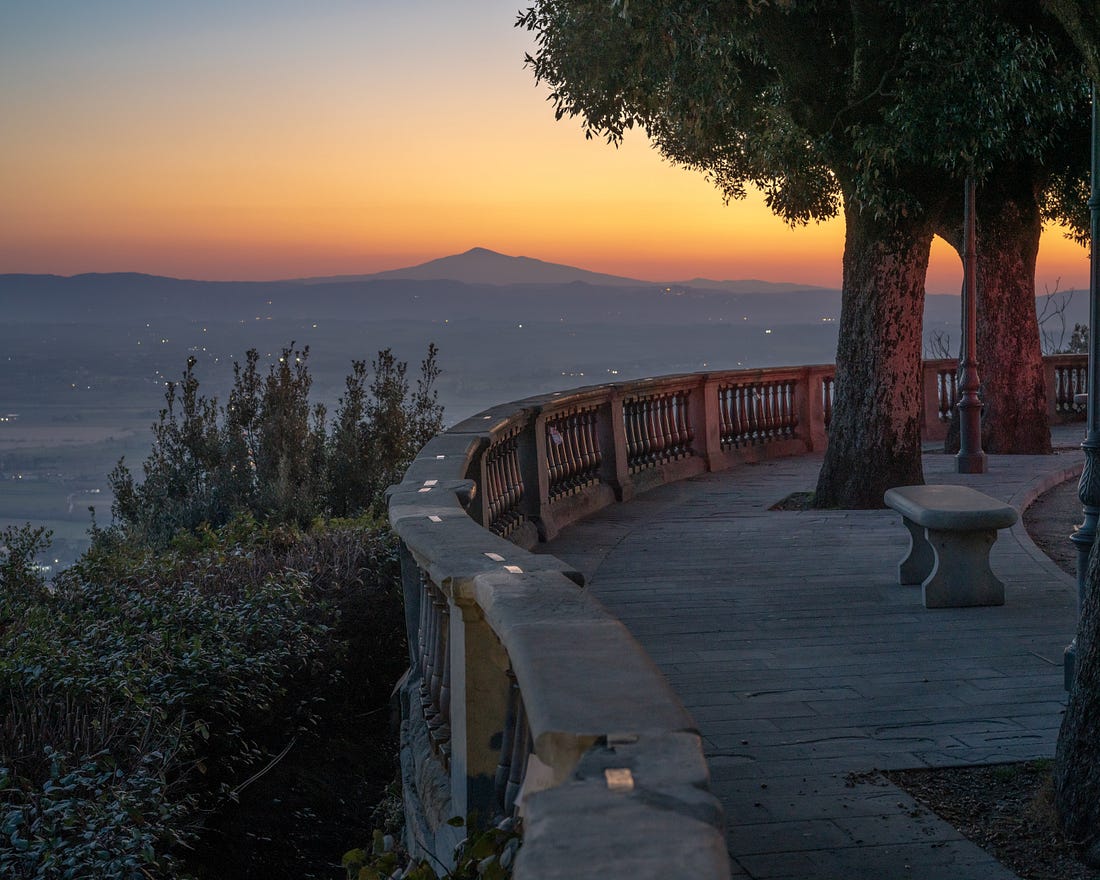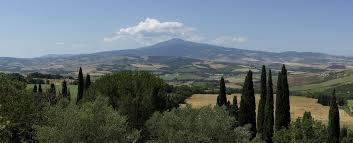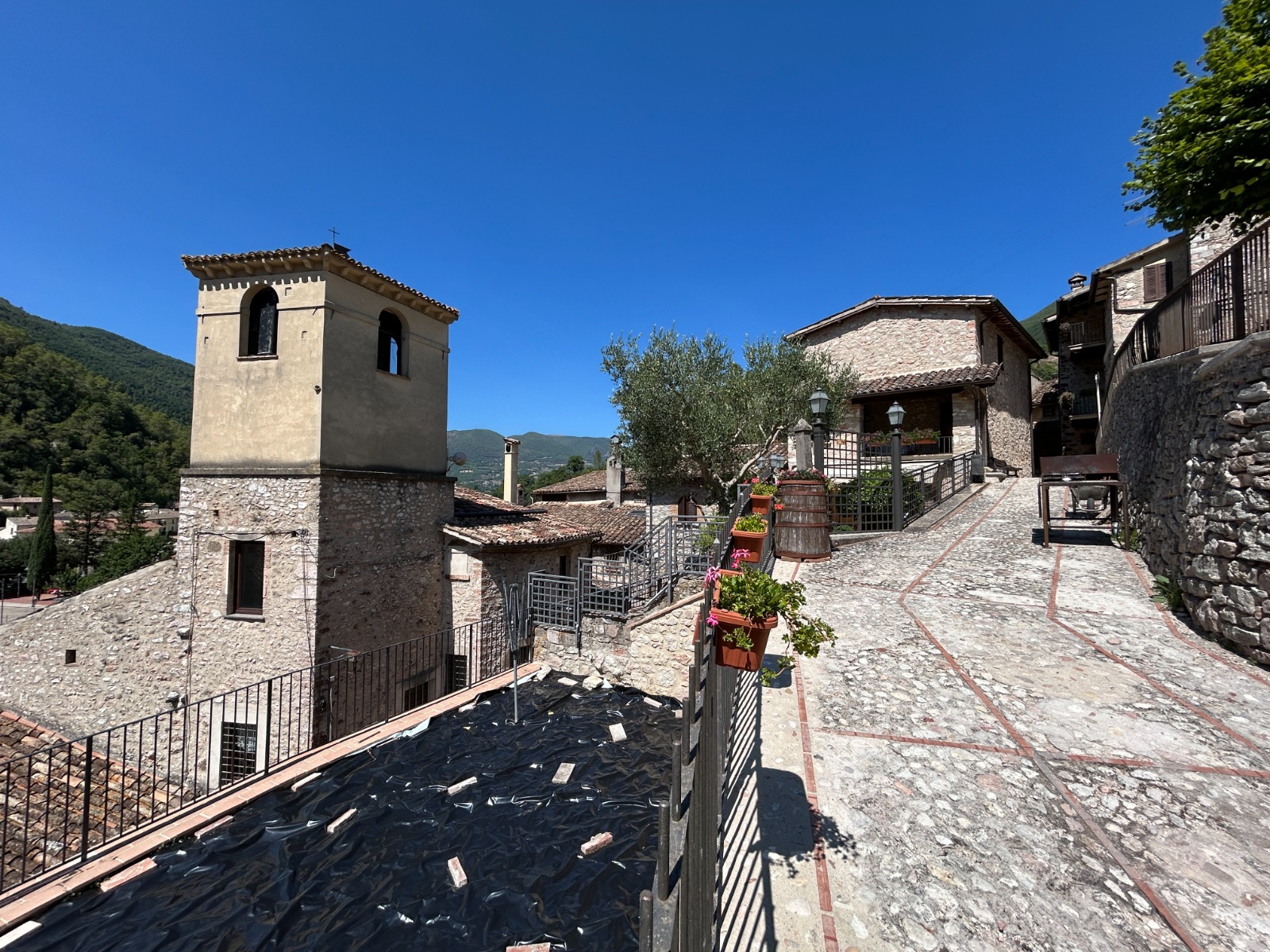LA GIOSTRA DELL’ARCHIDADO, Cortona June 1st - 9th
The
Archidado Joust, officially created in 1397 to
celebrate the
wedding of the
Lord of Cortona and a
noble woman from
Siena,
is a historical event in which the different quarters of the town compete in a crossbow tournament.
Costume parades, typical medieval dinners, flag throwers and fire-eaters performances, falconry and magic shows are organized every year to relive the medieval splendour of Cortona.
The streets are decorated in medieval style, ladies, knights, flag throwers, crossbow shooters, soldiers, pages, civil and religious authorities, all dressed with fine costumes, liven up the city centre, which is rich in history and artistic beauties of every time.
The Council of Terzieri is really proud of recreating this joyful atmosphere and hopes that the striving completion for winning the golden arrow called the ‘verretta’ will emotionally involve not only the five districts but the whole city, for a moment of genuine joy and funny craziness that makes us going back to the past.
The events related to the Archidado Joust are always anticipated on the Friday and Saturday before the Feast day of Santa Margherita in May by the so called Colata dei Ceri - Casting of the Candles - and offerta dei ceri - Offer of Candles to Saint Margaret,
two religious practices dating back to 1325. At that time, the Feast Day of Saint Mark and Sain Margaret, patron saints of Cortona, were particularly solemn and compulsory offers of candles were guarded by three men chosen by the vicar.
The collected wax was partly used and partly sold in order to earn money for the two churches. Lots of believers came to Cortona to celebrate the two saints. Men were housed by the inhabitants, while women were lodged in churches. Jousts, weapon and flag shows came always with religious ceremonies, as they are presented today for the Archidado Jousts.
As for the history of the Casali family, our famous fellow citizen Girolamo Mancini has written in his book ‘Cortona nel Medioevo’ that young Antonia Salimbeni arrived in Cortona on January 8th 1397. Many nobles from Florence, Castello, the Trasmine and Rimini attended the wedding, everyone followed by horses, trumpet, fife and other instruments players and fencers.
All the families of the area, even the humblest, offered sweets, chickens, birds and fodder for horses. Jewels, tissues, gold and horses we’re some of the presents. The citizens lent beds, tables, household linen and flatware to furnish Palazzo Casali. , weapon and flag shows were held during the celebrations and are well presented today for the Archidadao joust.
La Provaccia - The Practice test
Two crossbow shooters for each district Must shoot at a target made up of different sectors, which give positive points from 1 to 5 and negative points from -1 to -2 Shooters have two turns each at their disposal and must stand 20m from the target. The scores are confirmed by two judges who award the winner a golden arrow ‘Verretta’
It takes places on Sunday morning from 11 - 12 and the shooting order is the same as in the competition which is done via a draw on the Saturday evening during the Tratta delle Verrette. Everyone of the 5 quarters has 12 minutes to practice and calibrate arrows. At the end of the practice, the arrows are delivered and sealed, the crossbows are measured and a leather band is put of the front stirrup of the crossbows so that they can be verified for the competition. The target; crossbowmen shoot at a distance of 20, from the target and have a single platform from where they can shoot. The target consists of a dice whose side measures 15cm and is located at the centre of a wooden ‘circle’ 4 concentric sectors are drawn on the dice grading positive scores from 1- 4 whereas a central pin having a diameter of 2.5mm gives 5 points. All around the dice there are 6 sectors in different colours with different symbols, which Garde negative scores - Hunchback -1, Enchantress -2, Turtle -1, Owl -2, Well -1, Prison Miss a turn

The shooting;
The crossbowmen must never touch the arrows and can’t do anything before receiving the approval of the contest judge. Each crossbowmen has 2 minutes of time to shoot the arrow. The time is measured with an hourglass from the exact moment when one of the two crossbowmen put a foot on the stairs to reach the shooting platform. He will cock the crossbow, take aim at the target and shoot. If the dice is not correctly positioned as compared to the original, the person in charge of assisting the crossbowmen will ask the contest judge to reposition the dice. Then the shooting operations can be resumed. If the shooting is delayed, the quarter will get a null and the arrow will be immediately removed from the target and the hole left by the arrow will be immediately sealed.
The Score;

in order to score, the arrows shall hit any sector. if the arrowhead touches two sectors, even minimally, the highest score will be graded, the arrows that will fall from the wooden circle, either because they are hit by the adversaries or because the wooden shaft breaks down, will lose the score if it does not remain any part of them on the target so that it is not possible to identify the quarter they belong to. However, no one could touch the arrows before the contest judge’s approval. When all 5 quarters have shot one arrow, two judges, whose decisions are final, will count the scores without removing the arrows from the target. The scores will be noted on a register and then communicated to the contest judge and are announced to the audience. At the end of the joust, if there is a tie, a series of tie breaker shootings will take place. The same shooting order and same grading of scores will be applied. Appeals can be made and disqualifications of shooters and whole teams can occur.
Formation of the Districts:
In the middle ages and under the domination of the Casali family, the town of Cortona was divided in neighbourhoods called ‘borghi’. Borgo San Vincenzo, Borgo San Marco and Borgo Santa Maria, which became the Terzieri but later another two areas where added, Sant’Andrea and Peccioverardi

Sant’Andrea (colour; green and yellow) Defending champions: Via Dardano and Via Benedetti decided to gather in one single association to relate the quarter of San Andrea. It’s named after the saint whom the old church was dedicated to. From the past to today, the activities of the quarter of S Andrea have always been consecrated to different fields of works and arts, among them being the illuminations of the neighbourhood, flower carts, handicraft exhibitions, tripe festival, traditional Christmas lights and the olive oil festival.They have already won 10 golden arrows and were the first quarter to restart the old handicraft activity of constructing medieval crossbows on within the municipality of Cortona.
San Marco e Poggio (colour; red and green): after the depopulation of the town according to scholars, in the uppermost part of the quarter of S Marco and Poggio the history of Cortona saw a new start thanks to the formation of a new urban centre, where the town hall was located. The quarter has taken part in many festivals such as the Snail Festival with its citizens placing flowers on balconies, the joy and passion of serving traditional recipes. Another important festival is that of the Flower festival at the end of April. It has won 4 golden arrows.
Peccioverardi (colour; white and yellow): the gateaway located on the south east side of the city walls of Cortona. In the 13th century, after the construction of the church and convent the gateway became known as as the Porta San Domenico and the flat street Rugapiana. The , arts, culture and landscape of the valley below piazza Carbonaia makes Cortona a popular tourist destination and a town very appreciated by scholars. Peccioverardi offers them a fantastic first impression with its lovely Rugapiana and the picturesque narrow street, which have an angular layout and ready the Main Street both from uphill and downhill. Rugapiana is also known as Via Nazionale. Peccioverardi has won the golden arrow 5 times
San Vincenzo (colour; yellow and blue): defined as growing church of Cortona, during the Offerta dei Ceri to Santa Margherita, the old quarter of San Vincenzo, one one of the three and now one of the 5, has always promoted many events. It has won the golden arrow only once in 2008
Santa Maria (colour; red and blue): located in front of the entrance gateway of Via Rome. 20th century has been characterised by interests in the field of antiques and arts and all forms of popular festival and folklore. In the 1960’s folk groups and historic towns like Cortona became fashionable and encouraged the addition of two new quarters to the original three. The joust takes place within the quarter of Santa Maria and brings all its enthusiasm, its determination and crossbow shooting and its elegant parades characterised by the bright blue and red colours of flags and costumes. They have won the tournament twice, with winning also the banner in 1994, pained by Enzo Olivastri.












